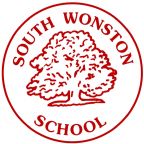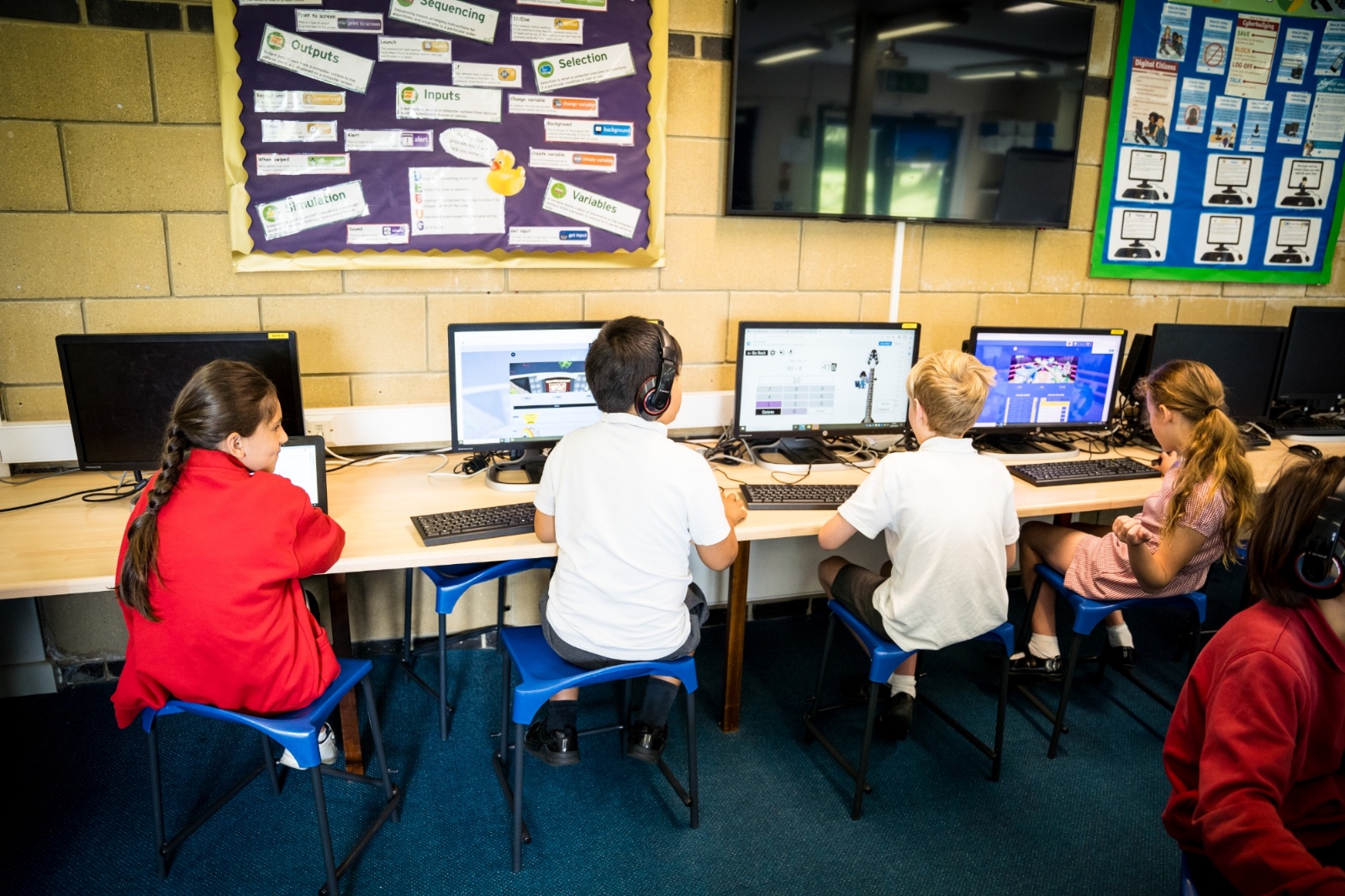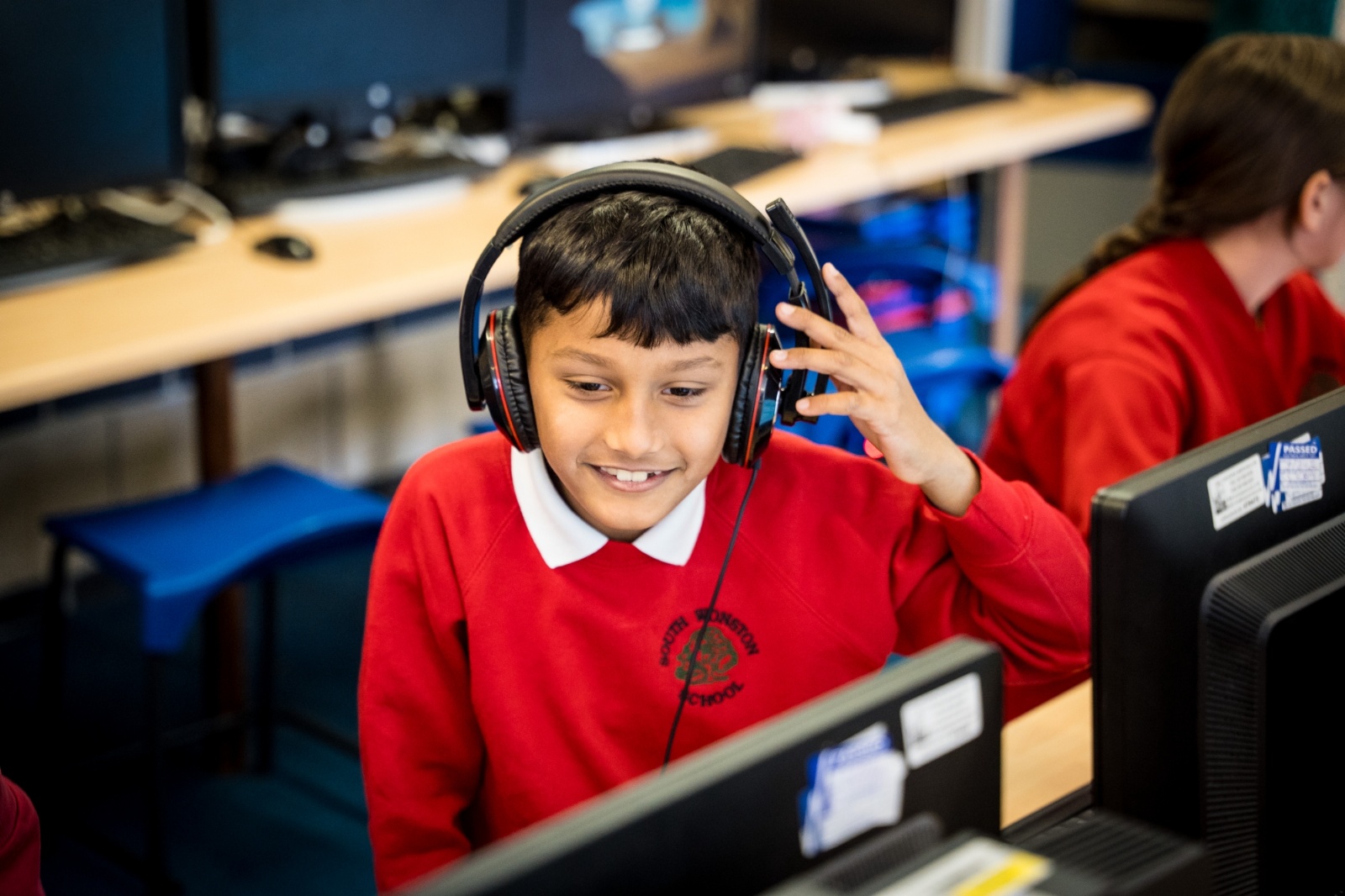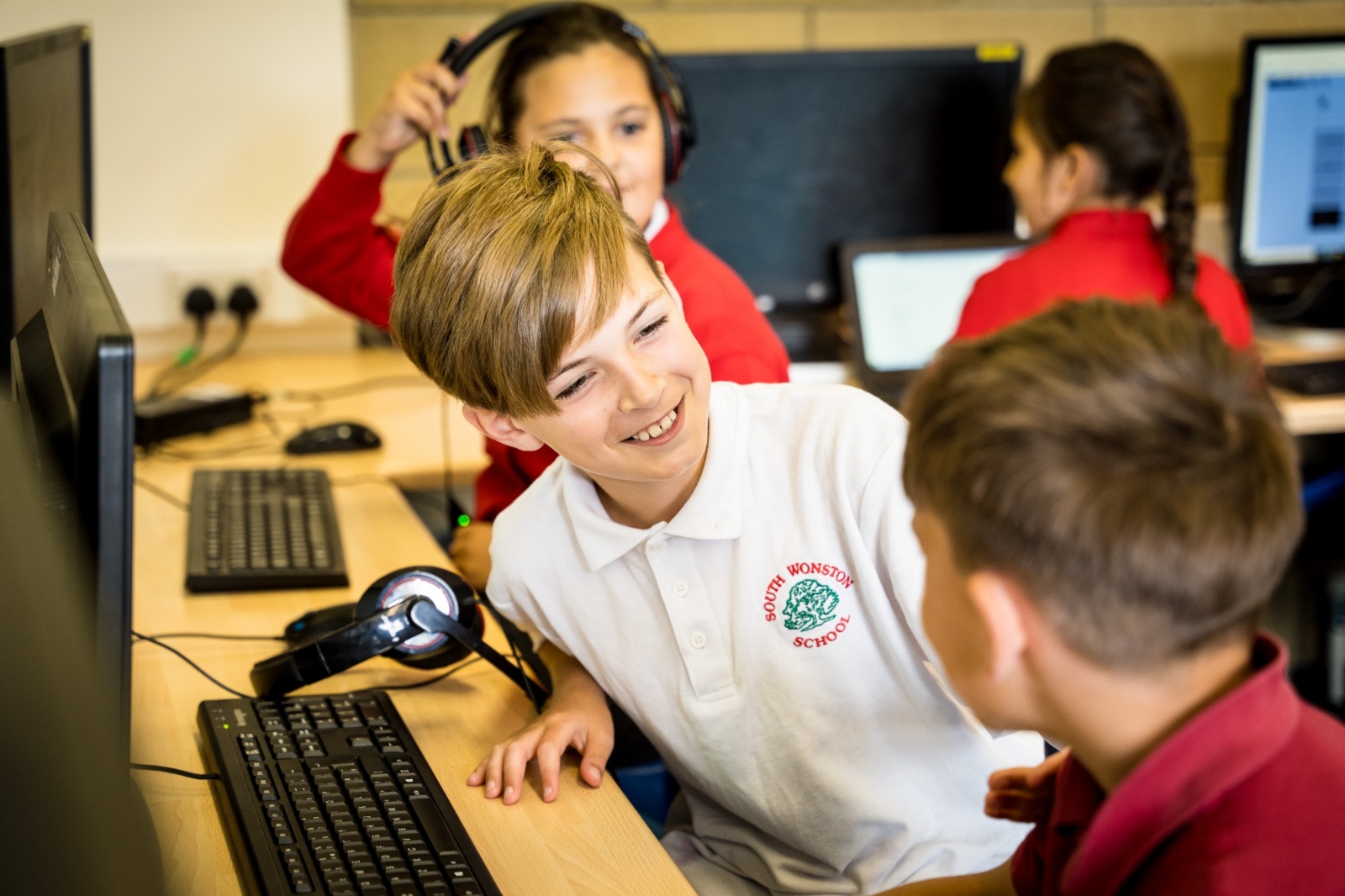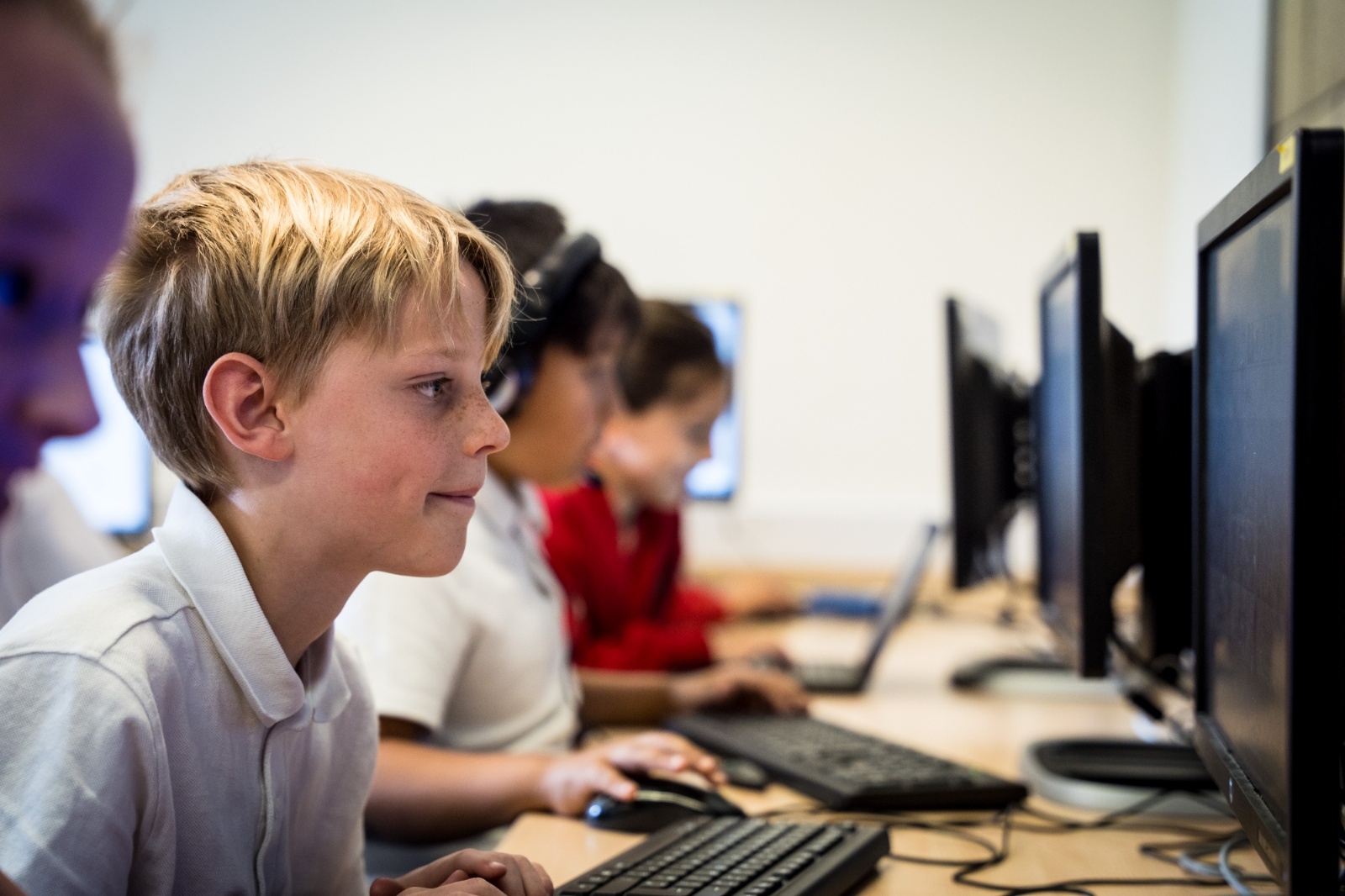Computing
What does Computing look like at South Wonston?
Intent
At South Wonston Primary School, we strive to support our children in developing the life skills to utilise current and new technology in a socially responsible way to achieve their personal best. Computer technology will play a pivotal role in our student’s lives as our society becomes increasingly digital and we want them to be able to access and use it positively and safely.
We aim to model how to use different programmes and concepts so our children understand the choices which are needed to ensure they are responsible users. We want our children to become digitally literate, using technology to express themselves and develop their ideas and programme at an age-appropriate level. We intend to build a computing curriculum that prepares pupils to live safely in an increasingly digital British society where pupils can evaluate and apply information technology, including new or unfamiliar technologies, analytically to solve problems.
As a school, we recognise that our children often struggle with language and so we aim to build in the appropriate vocabulary to all Computing sessions to ensure the children use and understand the correct terminology. We aim to ensure that by the end of Key Stage 2, children have a secure understanding of a range of digital tools and can programme effectively, developing their independence to choose the best tool to fulfil the tasks they are set.
Implementation
Our Computing curriculum has been structured in units. The units for key stages 1 and 2 are based on a spiral curriculum. This means that each of the themes is revisited regularly (at least once in each year group), and pupils revisit each theme through a new unit that consolidates and builds on prior learning within that theme.
This style of curriculum design reduces the amount of knowledge lost through forgetting, as topics are revisited yearly. It also ensures that connections are made even if different teachers are teaching the units within a theme in consecutive years.
Our Teach Computing Curriculum uses the National Centre for Computing Education’s computing taxonomy to ensure comprehensive coverage of the subject. This has been developed through a thorough review of the KS1–4 computing programme of study, and the GCSE and A level computer science specifications across all awarding bodies. All learning outcomes can be described through a high-level taxonomy of ten strands, ordered alphabetically as follows:
■ Algorithms — Be able to comprehend, design, create, and evaluate algorithms.
■ Computer networks — Understand how networks can be used to retrieve and share information, and how they come with associated risks.
■ Computer systems — Understand what a computer is, and how its constituent parts function together as a whole.
■ Creating media — Select and create a range of media including text, images, sounds, and video.
■ Data and information — Understand how data is stored, organised, and used to represent real-world artefacts and scenarios.
■ Design and development — Understand the activities involved in planning, creating, and evaluating computing artefacts
■ Effective use of tools — Use software tools to support computing work.
■ Impact of technology — Understand how individuals, systems, and society as a whole interact with computer systems.
■ Programming — Create software to allow computers to solve problems.
■ Safety and security — Understand risks when using technology, and how to protect individuals and systems.
The Computing Curriculum builds on a set of pedagogical principles which are underpinned by the latest computing research, to demonstrate effective pedagogical strategies throughout. To remain up-to-date as research continues to develop, every aspect of the Computing Curriculum is reviewed each year and changes are made as necessary.
The units include links and reference to online safety and or digital citizenship, which are woven into lessons to ensure the coverage required for the computing national curriculum is provided. As well as this, we provide Online safety newletters and have a Digital Leaders programme run in the school which provides pupil with valuable lessons and tools for how to approach and ensure online safety both at home and at school.
In line with National Centre for Computing Education’s computing taxonomy and the needs of our community, our Computing Curriculum has been written to support all pupils. Each lesson is sequenced so that it builds on the learning from the previous lesson, and where appropriate, activities are scaffolded so that all pupils can succeed and thrive. Scaffolded activities provide pupils with extra resources, such as visual prompts, to achieve the same learning goals as the rest of the class. Exploratory tasks foster a deeper understanding of a concept, encouraging pupils to apply their learning in different contexts and make connections with other learning experiences. As well as scaffolded activities, embedded within the lessons are a range of pedagogical strategies which support making computing topics more accessible.
Computing is taught as whole class sessions, with differentiation planned as appropriate and whole class modelling completed using the interactive whiteboard. Where possible, the children work on individual devices, but they are also able to work in pairs/groups to support each other. We are fortunate enough to have an excellent computer suite which is mainly used by our Key Stage 1 and 2 children.
Impact
Our vision is for every child in our school to have a world-leading computing education that ensures they are ready for the secondary curriculum. We continually evaluate the impact that our programmes, services and resources are having on improving the quality of teaching computing in our school, and the learning experience for young people.
We strive to ensure a high level of understanding for staying safe online is woven throughout the curriculum and given extra care and attention due to its importance. Extra inputs such as safer internet day, online safety newsletters and digital leader-driven conversations, tasks and coverage ensure this.
We aim to keep our curriculum and learning opportunities as up to date as possible, moving constantly with the times and updates in technology we see in the world. This ensures that Computing is something that the children find highly enjoyable and relatable.
Pupils at South Wonston have positive attitudes towards Computing and are able to articulate what they have learnt. Our pupils:
• Tell us that they enjoy computing at South Wonston.
• Can say how they stay safe online and why this is important.
• They can say why they think Computing is important
